This past Fourth of July, while many celebrated across the nation, an unimaginable tragedy unfolded in the Texas Hill Country. Without warning, a serene holiday weekend transformed into a nightmare as walls of water, unleashed by relentless downpours, turned tranquil rivers into raging torrents. Harrowing footage captured roads disappearing, homes being swallowed whole, and desperate cries for help as lives were irrevocably swept away. The devastation was instant, the loss profound, leaving entire communities reeling from a deluge that offered no escape. The agonizing loss of so many lives—especially innocent children—is an unbearable tragedy, leaving families and communities forever scarred. Our deepest sympathies are with all who are grappling with this immense grief. It is in the wake of such profound sorrow that we are compelled, time and again, to confront nature’s raw power and the enduring vulnerability of our communities.
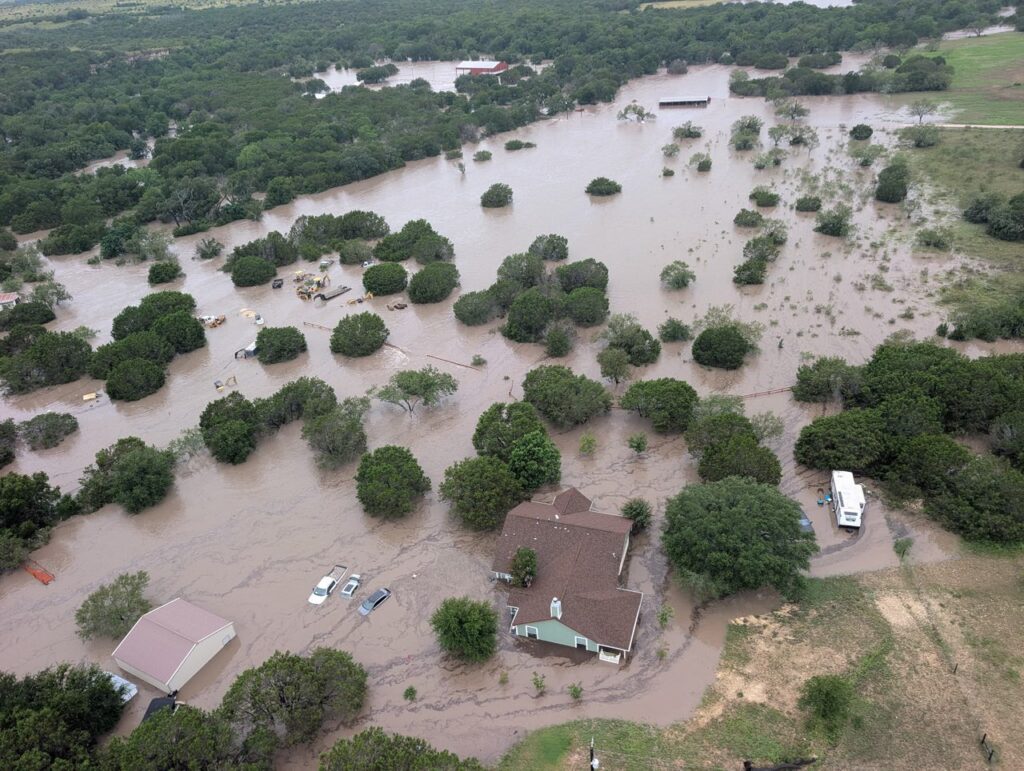
The Role of Aerial Surveys in Flood Response
For generations, flash floods have carved a destructive path through America’s history, each recurrence a stark reminder that while we cannot prevent the rain, we must learn to mitigate its devastating force. It is precisely why, after such events, experts, agencies, and communities rally to analyze causes, understand impacts, and develop strategies to prevent future catastrophes. A critical tool in this ongoing effort is aerial imagery, offering an unparalleled perspective on the scope of devastation and the effectiveness of recovery and mitigation efforts.
Within days of the recent Texas deluge, for instance, NOAA commissioned aerial surveys over the hardest-hit regions, capturing vital photographic evidence to inform ongoing recovery and bolster future preparedness. This commitment to documentation echoes a long-standing practice, for just as modern science informs our present response, historic aerial images provide invaluable insights into past cataclysms and the lessons they offered.

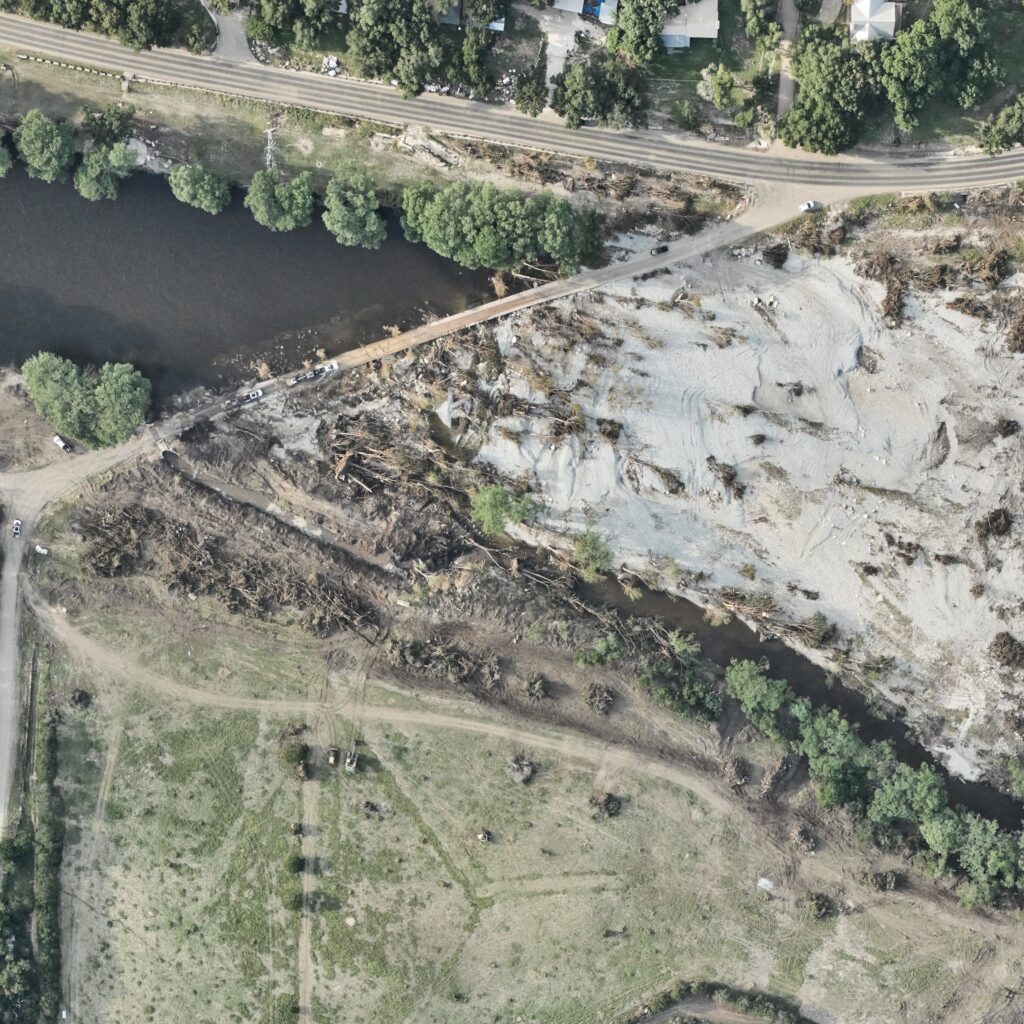
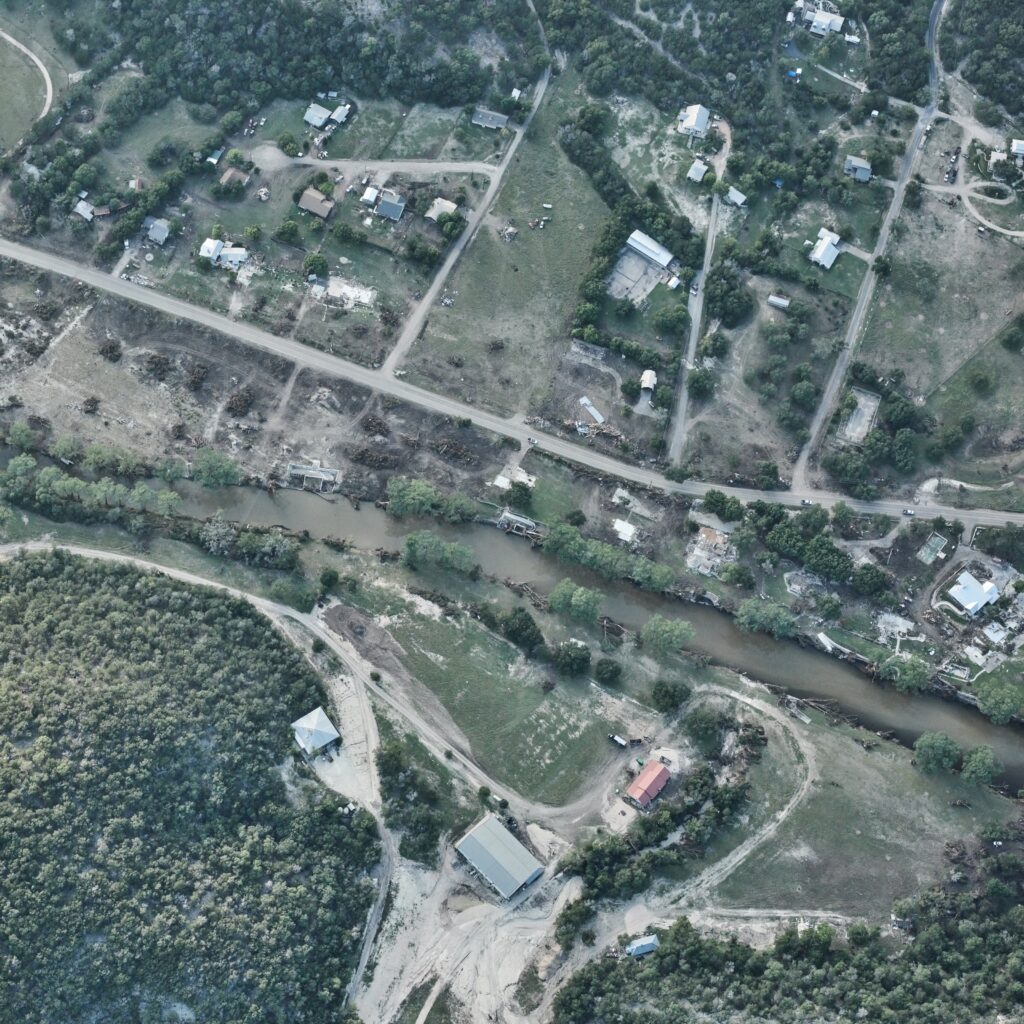
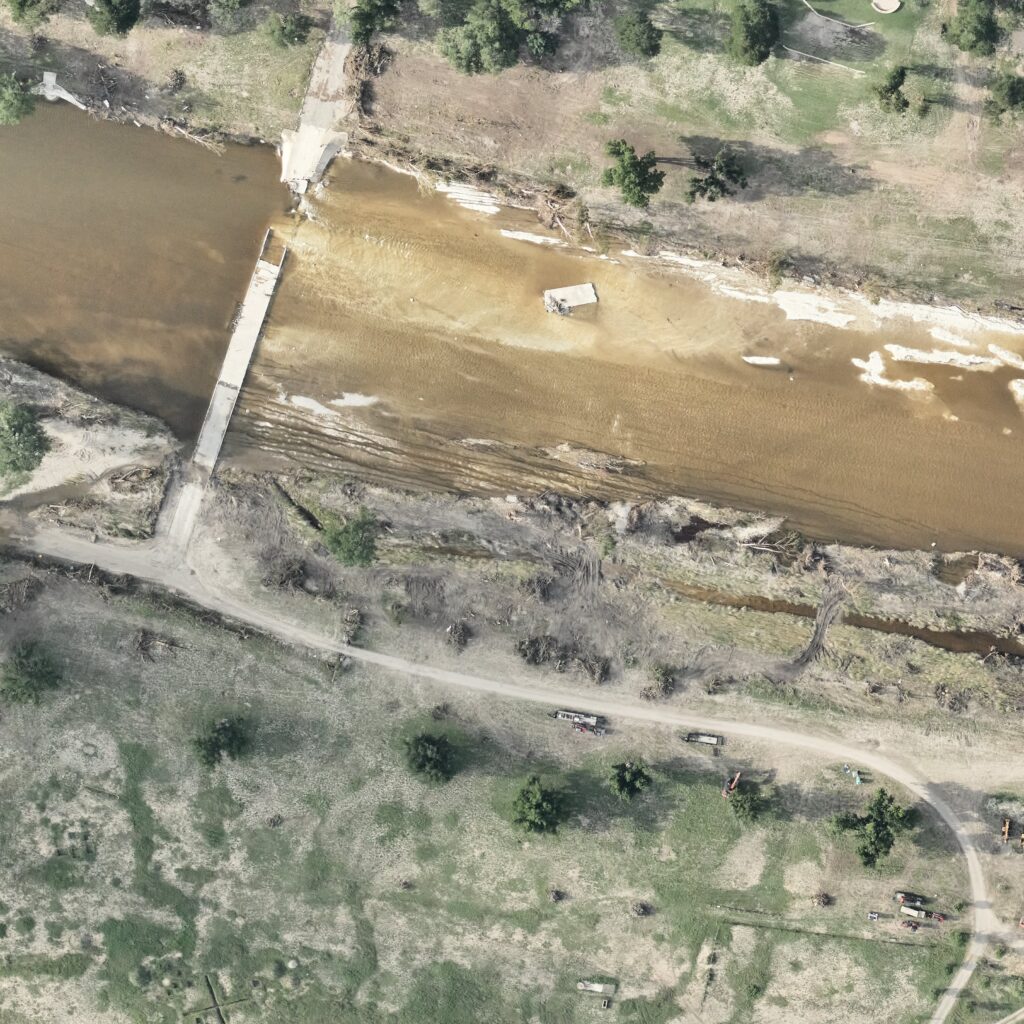
Aerial Imagery Shows the Aftermath of California Flood
One of the earliest and most extensively documented disasters through this lens was the Great Southern California Deluge of 1938. These images, many available through HistoricAerials.com, offer striking visual documentation of the widespread devastation, particularly the hard-hit area stretching from Pomona to San Bernardino. In late February and early March of 1938, two back-to-back Pacific storms drenched Southern California, unloading nearly a year’s worth of rainfall in just a few days. The cascading torrents overwhelmed every river and creek from Los Angeles eastward, with the Inland Empire region—including Pomona, Ontario, Upland, and San Bernardino—bearing the brunt of the catastrophic flooding.
The devastation was immense. San Bernardino itself became an island, with the southern parts of the city completely submerged. The floodwaters inundated residential neighborhoods, business districts, and farmland alike. Historic photographs reveal streets transformed into murky rivers, homes half-submerged, and residents resorting to boats for basic transportation and emergency rescues. In Ontario and Upland, major thoroughfares like Euclid Avenue became impassable streams, isolating neighborhoods and cutting off entire communities for days.
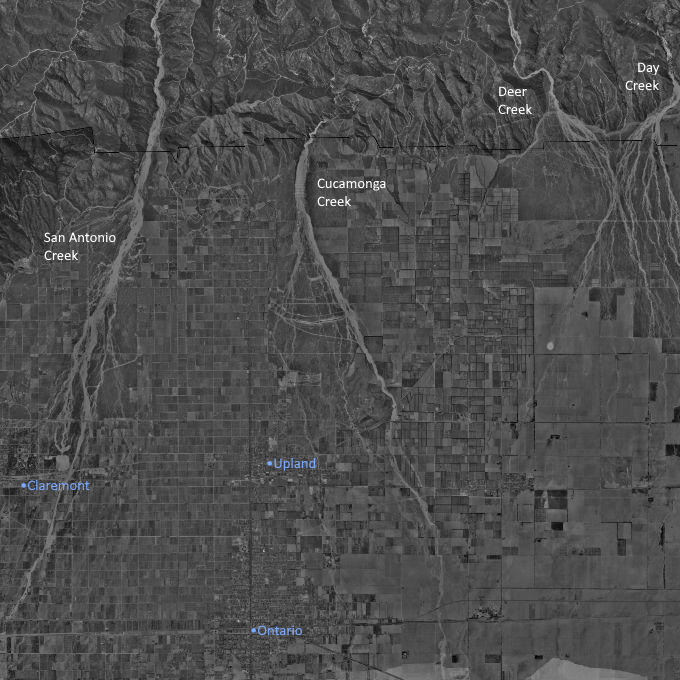
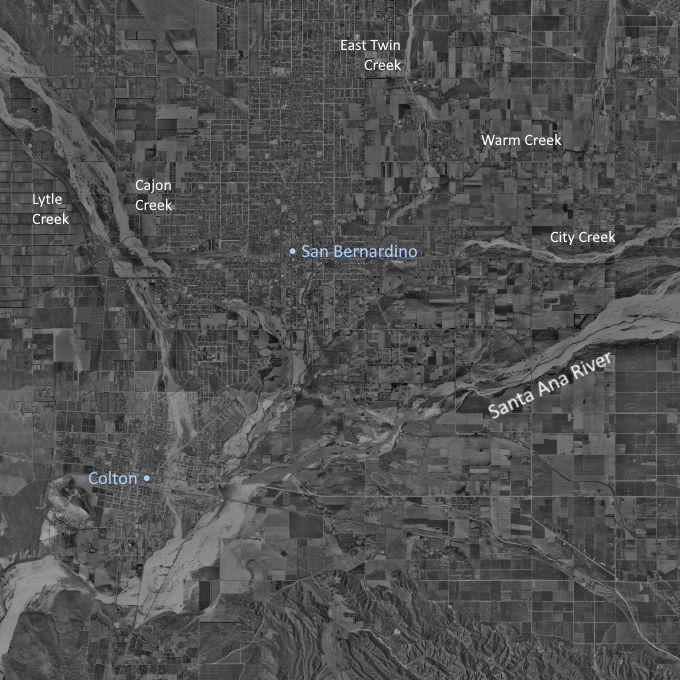
The source of much of this chaos was the Santa Ana River, which drains a vast watershed fed by rainfall and melting snow from the San Gabriel and San Bernardino Mountains. At its peak during the 1938 flood, the Santa Ana roared to an estimated 100,000 cubic feet per second, obliterating levees and flooding large swaths of land. Agua Mansa, a historic settlement along the river near present-day Colton, was swept away entirely, effectively erased from the map by the torrent. Lytle Creek and Cajon Creek, normally tranquil tributaries, became violent flash floods themselves, obliterating sections of historic Route 66 and railway lines. Infrastructure crumbled under the sheer force of the water, leaving the region isolated and stranded.
Early Flood Control Efforts in Southern California
Interestingly, prior to 1938, Southern California had already implemented limited flood management measures—small levees and informal flood channels designed to handle modest storm runoff. However, the unprecedented scale of the 1938 deluge exposed the inadequacy of these structures. This brutal lesson propelled extensive infrastructure projects aimed at flood prevention and control.
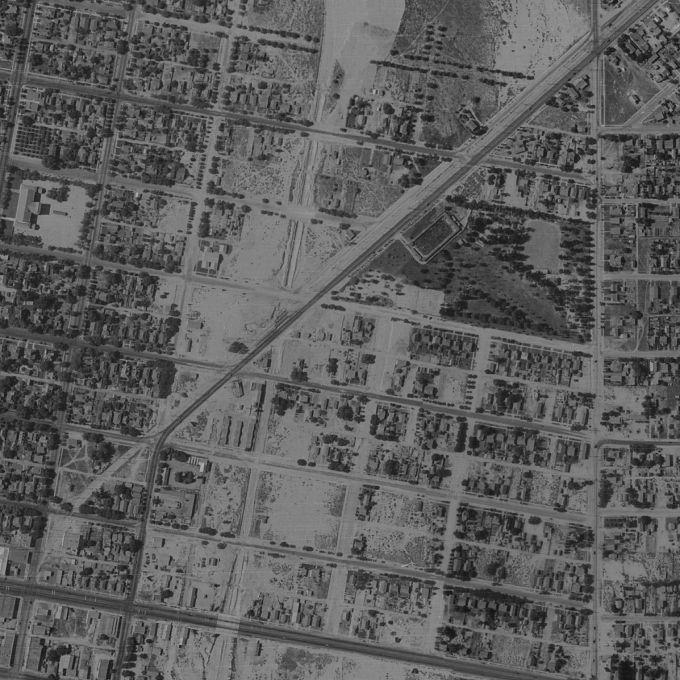
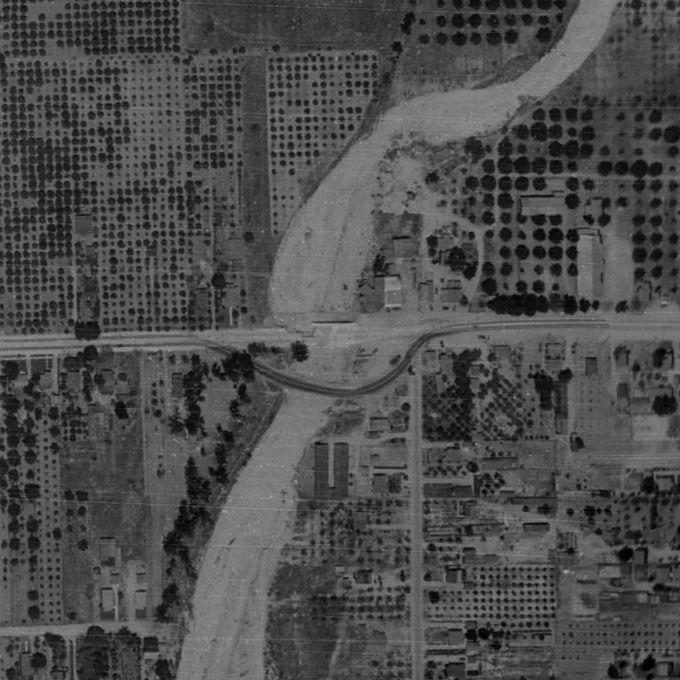
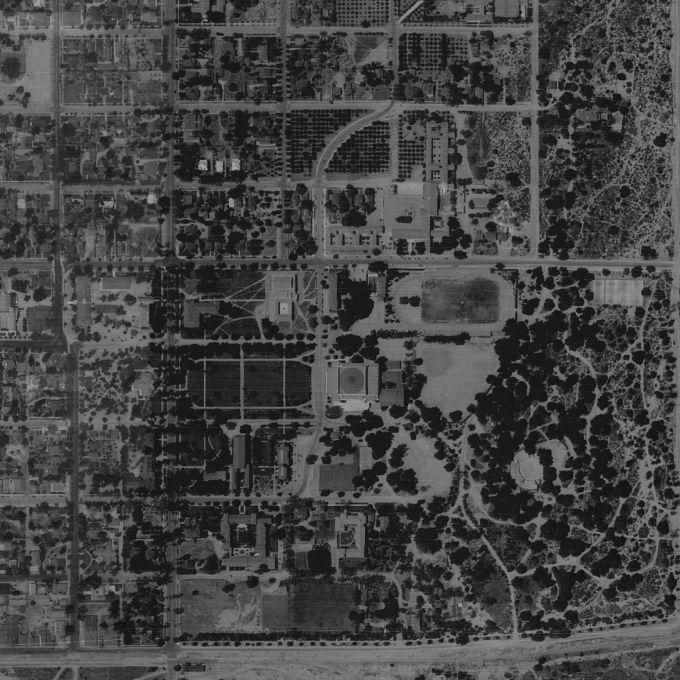
In the immediate aftermath of the disaster, local governments partnered with the U.S. Army Corps of Engineers to drastically overhaul flood control measures. Prado Dam, constructed near the mouth of the Santa Ana River and completed in 1941, was one of the major undertakings directly inspired by the 1938 flood. Additionally, the San Antonio Dam, near Upland and Cucamonga, was established to control runoff from the mountainous foothills. Miles of rivers and streams, including the Santa Ana and numerous tributaries, were encased in concrete channels, dramatically altering Southern California’s hydrological landscape.
These extensive modifications effectively shielded the region from future disasters on the scale of 1938. Aerial imagery available on HistoricAerials.com vividly captures the evolution of this infrastructure, showcasing human determination to learn from the past and engineer resilience against future floods.
Today, these historic images not only document the flood itself but also serve as poignant reminders of both human fragility and ingenuity. They chronicle the tragic consequences of nature’s fury while illustrating the impressive, sometimes desperate lengths to which communities will go to protect themselves against such unpredictable disasters.
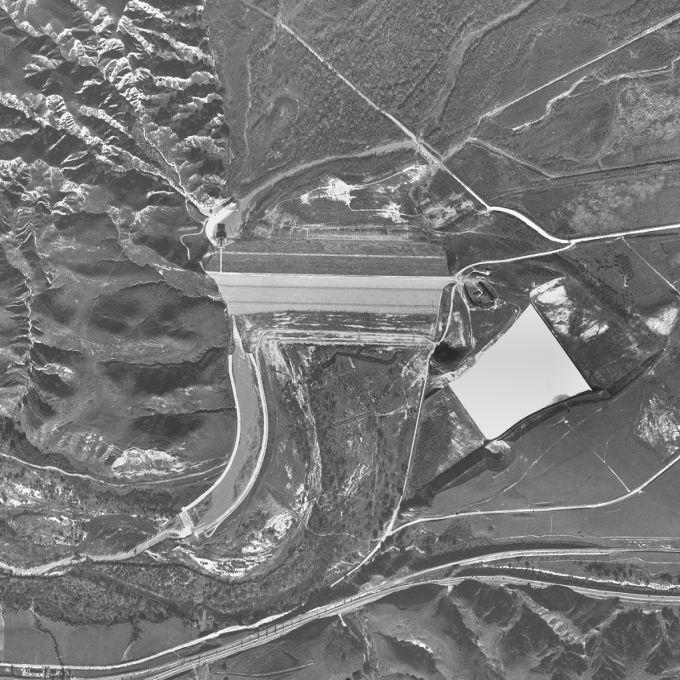
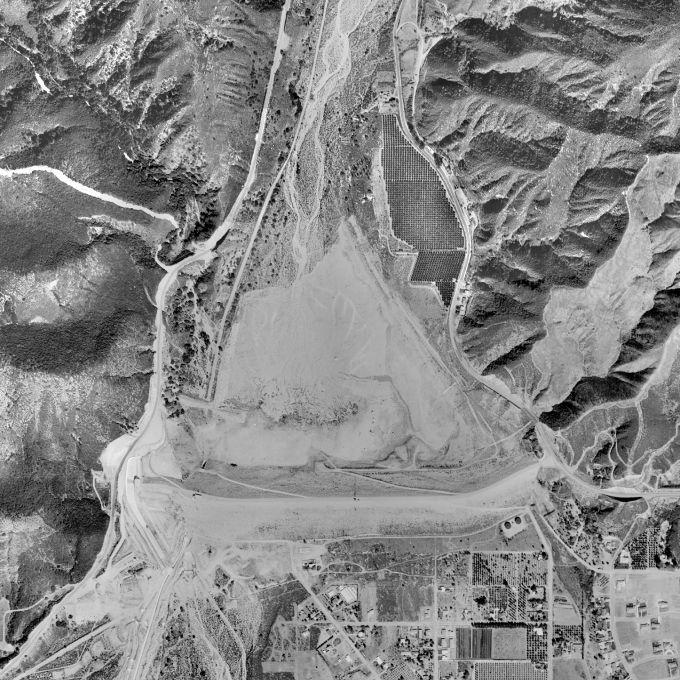
Why It Matters
As climate change accelerates, the critical lessons of 1938 and the recent Texas floods take on renewed, urgent significance. Warmer atmospheres hold more moisture, making extreme downpours—and thus flash floods—increasingly common and more catastrophic. Our most potent defense lies in a profound respect for nature’s power combined with relentless innovation: updating and expanding robust flood-control infrastructure, restoring natural waterways where feasible, and deploying cutting-edge, real-time monitoring to warn communities in harm’s way.
Through the lens of both historic aerial imagery and modern science, we gain invaluable tools to remember and analyze our past losses, track vital improvements, and commit to proactive strategies that safeguard lives and livelihoods. The devastating floods of 1938—and now tragically, 2025—resound with a singular, powerful message: while we cannot stop the rain, we can, through smarter planning, collective action, and robust institutional support, decisively channel its force, building a future more resilient against nature’s fury.
